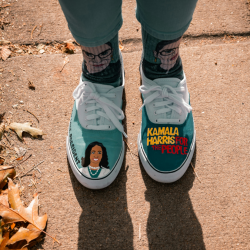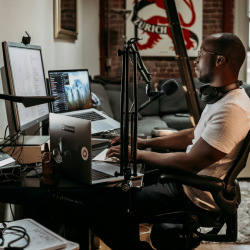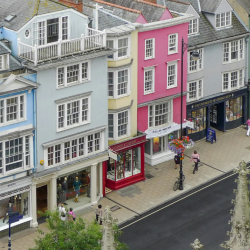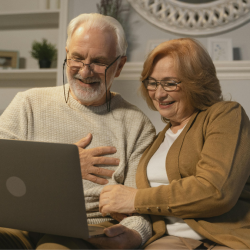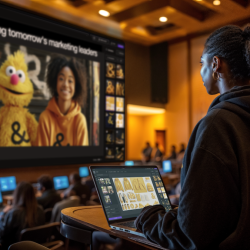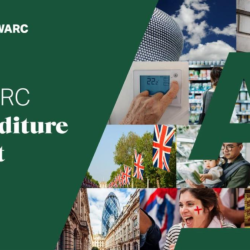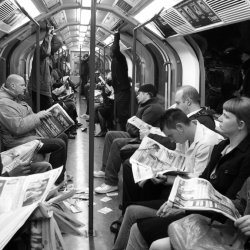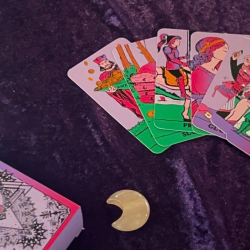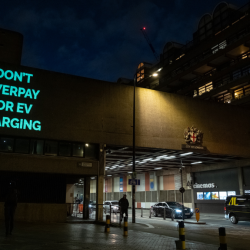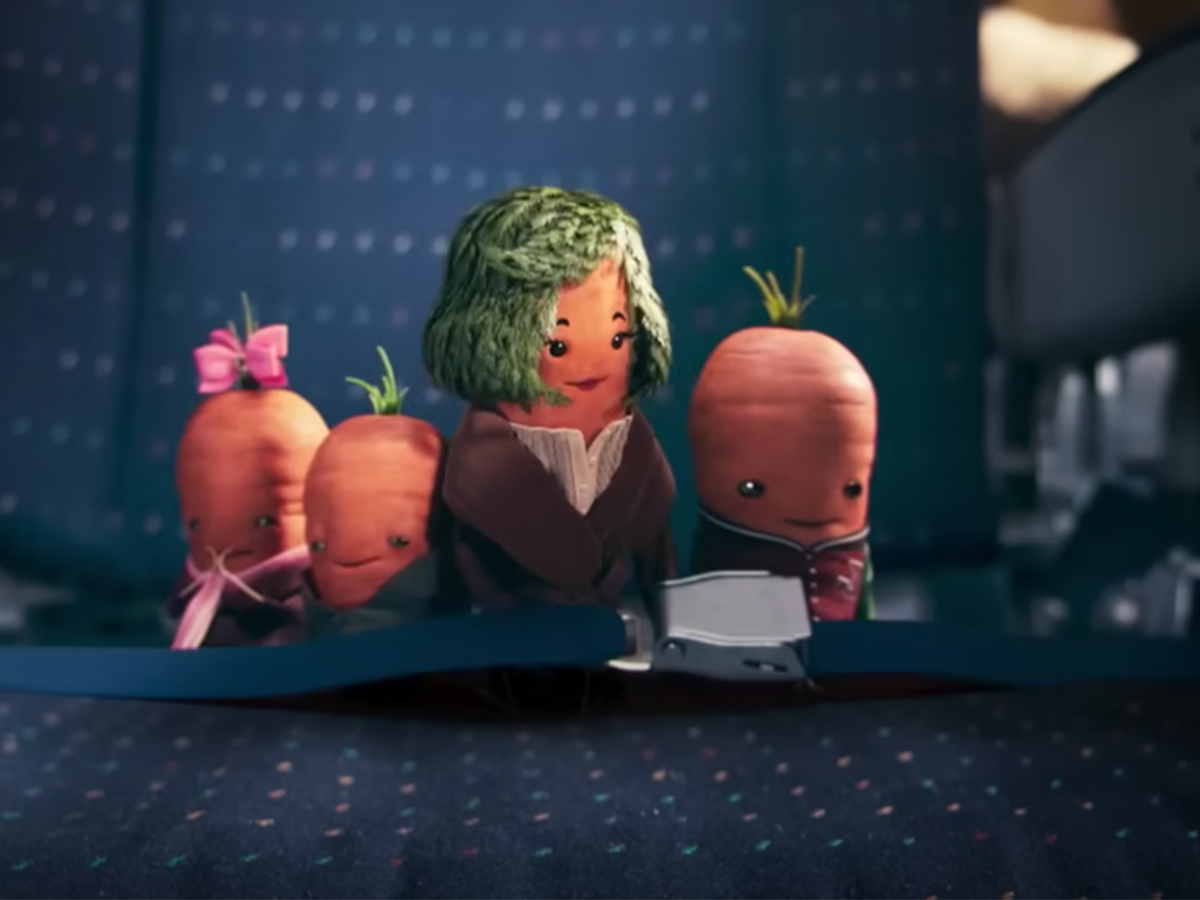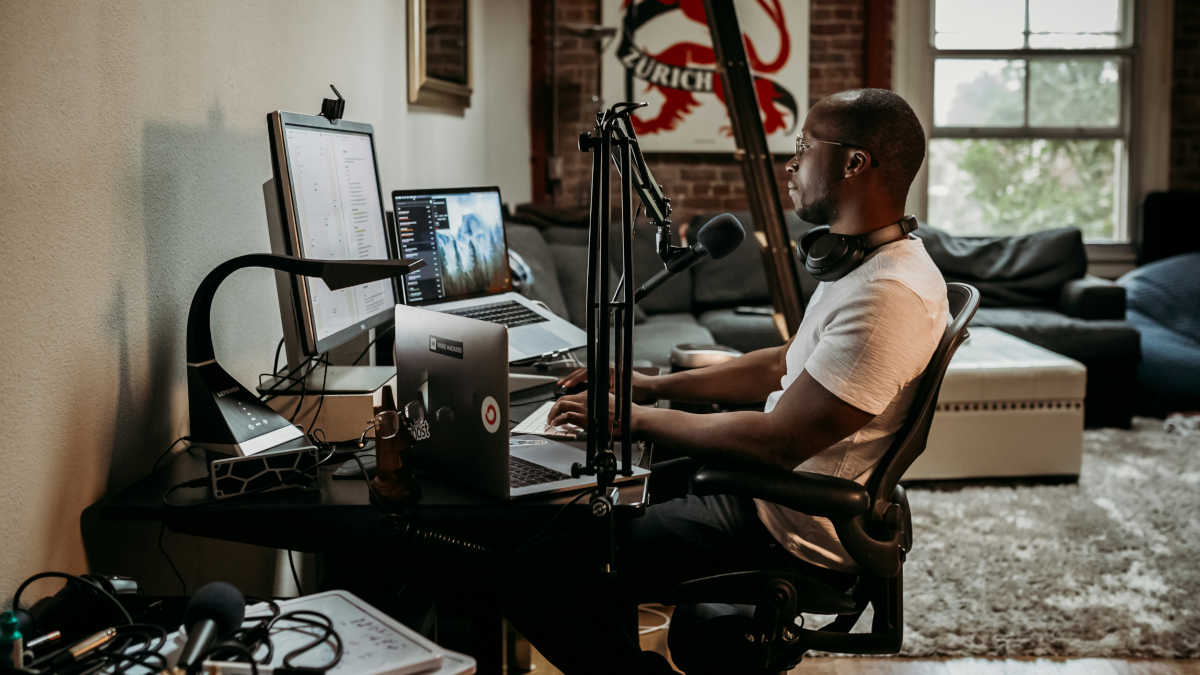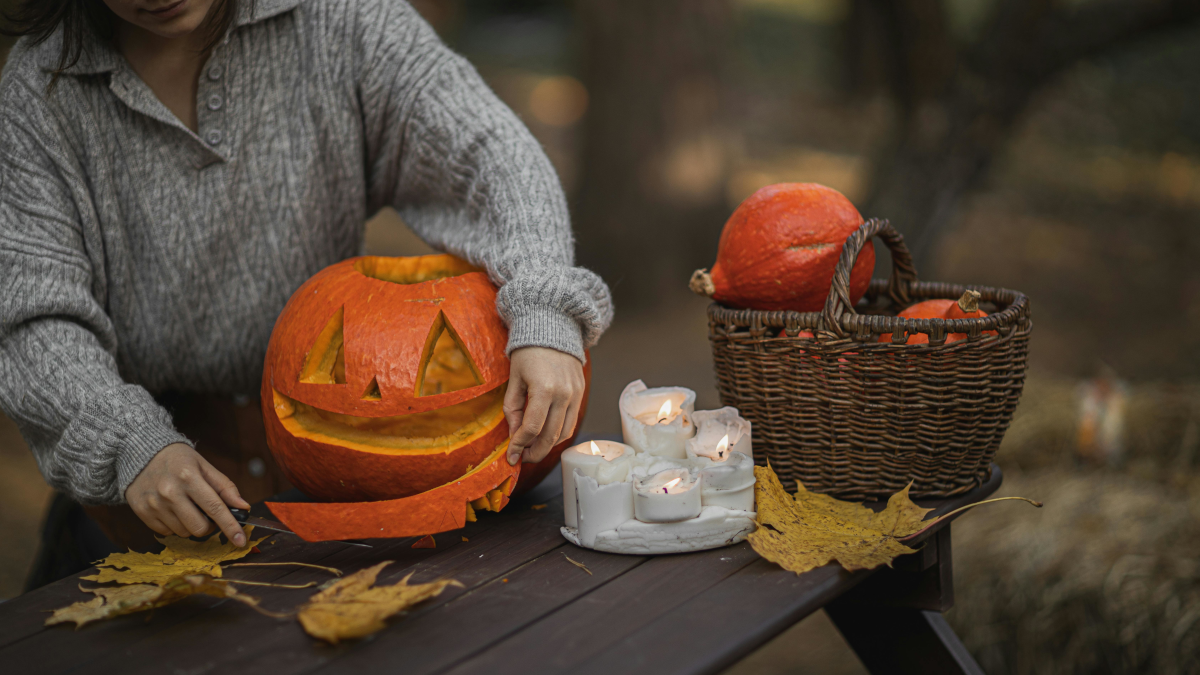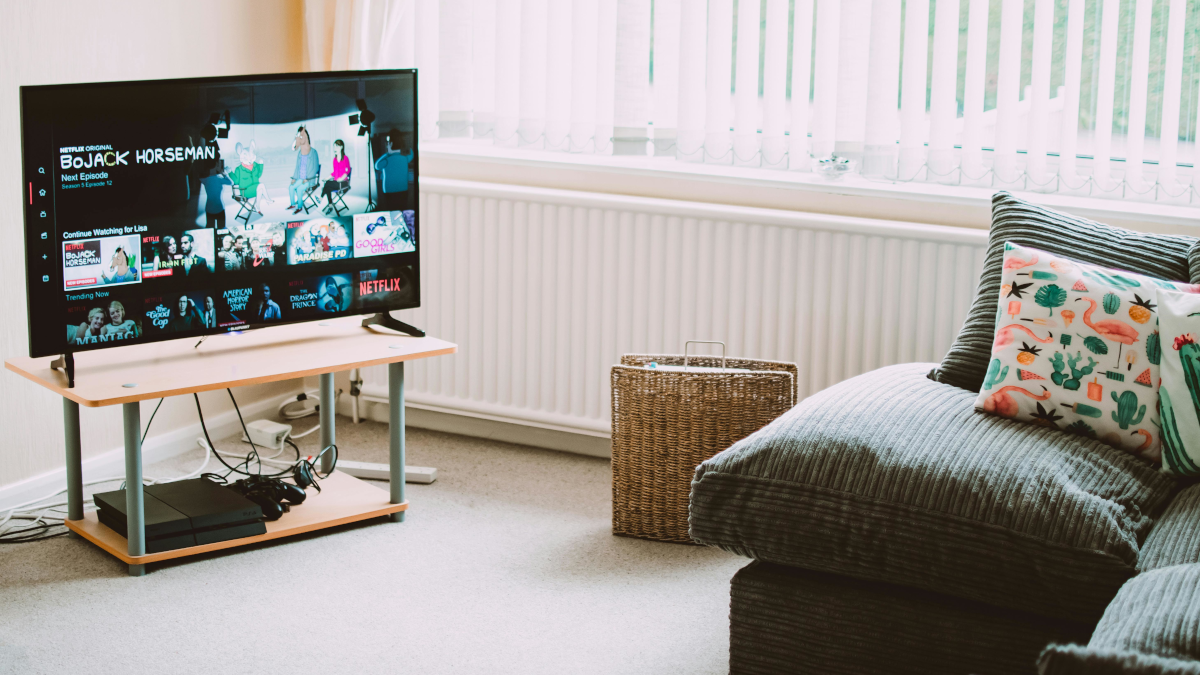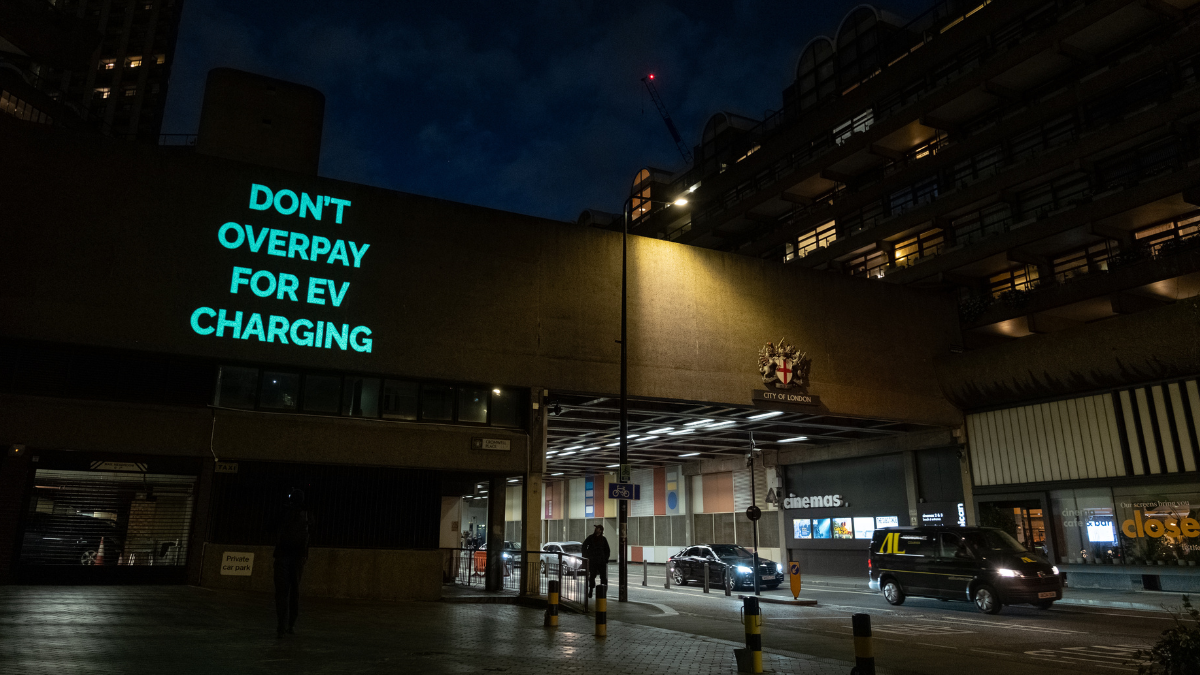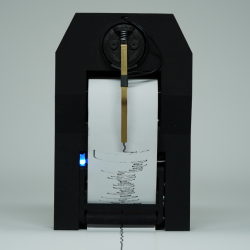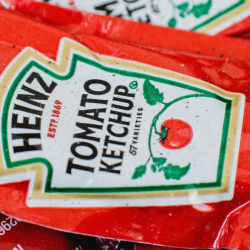The news would have us believing that it’s all doom and gloom post pandemic and pre-the depths of a global recession — with the bulk of Christmas ads tugging on heartstrings and playing the emotional card — but the design world would have us believing anything but. With more experimental, nostalgic and buoyant aesthetics at play in design and meme culture remaining very much the cultural zeitgeist, brands are seemingly leaning in to the wider appetite for escapism and playfully exploring new worlds. But are they going far enough to distract audiences from current circumstantial realities or are they not risking the creative far enough?
Are brands reading the room in advertising?
This year’s collection of Christmas campaigns highlights the acerbic tone undertaken by marketers. With difficult times facing all populations, it’s no doubt been a challenging time for creatives trying to think outside the box and know what note will ring true with audiences. So, this year’s selection seems to play it safe — either reviving tried-and-tested beloved characters (think Aldi’s Kevin the Carrot and Asda’s use of Buddy the Elf) or creating tear-jerking creative to raise awareness and prove a point (John Lewis’ offering supported children in care by partnering with Action for Children and Who Cares? Scotland, while McDonalds’ stressed the importance of family in its Christmas ad).
Even British Heart Foundation did away with the usual trappings of the holiday season to show the true value of a donation to the charity. But is this what consumers want to see?
Bearing in mind just how early creatives have to start strategizing when it comes to planning a Christmas campaign, the reality of hiked energy bills, nuclear war and uncertain economies were but a distant possibility earlier in the year.
It’s no wonder perhaps that seasonal spots have attempted to mirror this feeling in a bid to remain relevant and resonate, although they may have fallen short at uplifting and inspiring populations. They have certainly failed to accurately present the hardships currently affecting many households nationwide.
Escapism through design
Design, by comparison, has taken a very different approach — with the presentation of fantastical, brightly-coloured and kaleidoscopic worlds, offering a light-hearted juxtaposition to the heavy reality we now all face.
The Y2K trend that dominated catwalks (and high streets) translated into design, typography and still images with the emergence of bubble text and nostalgic production techniques using mixed media across channels. These aim to subvert grim consumer realities and provide a safe space for them to get lost in, offering a sanctuary for psyches to relax and feel cushioned by dreamy landscapes, curvaceous illustrations and tech-doctored images that evoke a sense of the imagination. And this has been rolled out across industries, but proved particularly popular in wellbeing.
ITV’s newly-launched wellbeing platform Woo is a case in point. Its emergence earlier this year reflected a wider need to make wellness more attainable across age groups, rather than limiting alternate health solutions and products to the likes of Gwyneth Paltrow. Its logo is symbiotic with these design trends, evoking a sense of fun through its bubbled lettering — while its image and video content tends to overlay playful graphics rooting it in early ‘00s illustration style.
These have been adopted by other brands and influencers, proving the appetite to create content that isn’t so reflective of current socio-economic circumstances and allow for more optimistic images that aim to quite literally lift consumers out of this world. While neither approach guarantees to resonate with audiences, it’s true that it can be hard to engage with something that so morbidly reflects reality when times are already tough.
In short, brands are doing their best to keep pace with the constant evolution of — dare I say it — shitness that we’ve all encountered this year. Who knows whether the worst is over or yet to come (hopefully it’s the former), but I think brands need to do more to offer a soft jumping off point for consumers to remain calm and upbeat while navigating ongoing uncertainty.
Featured image: Aldi Christmas Advert 2022
